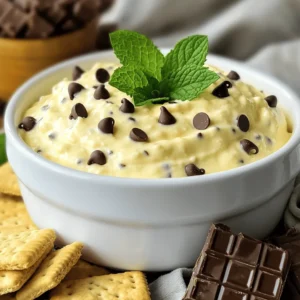Latest & Greatest
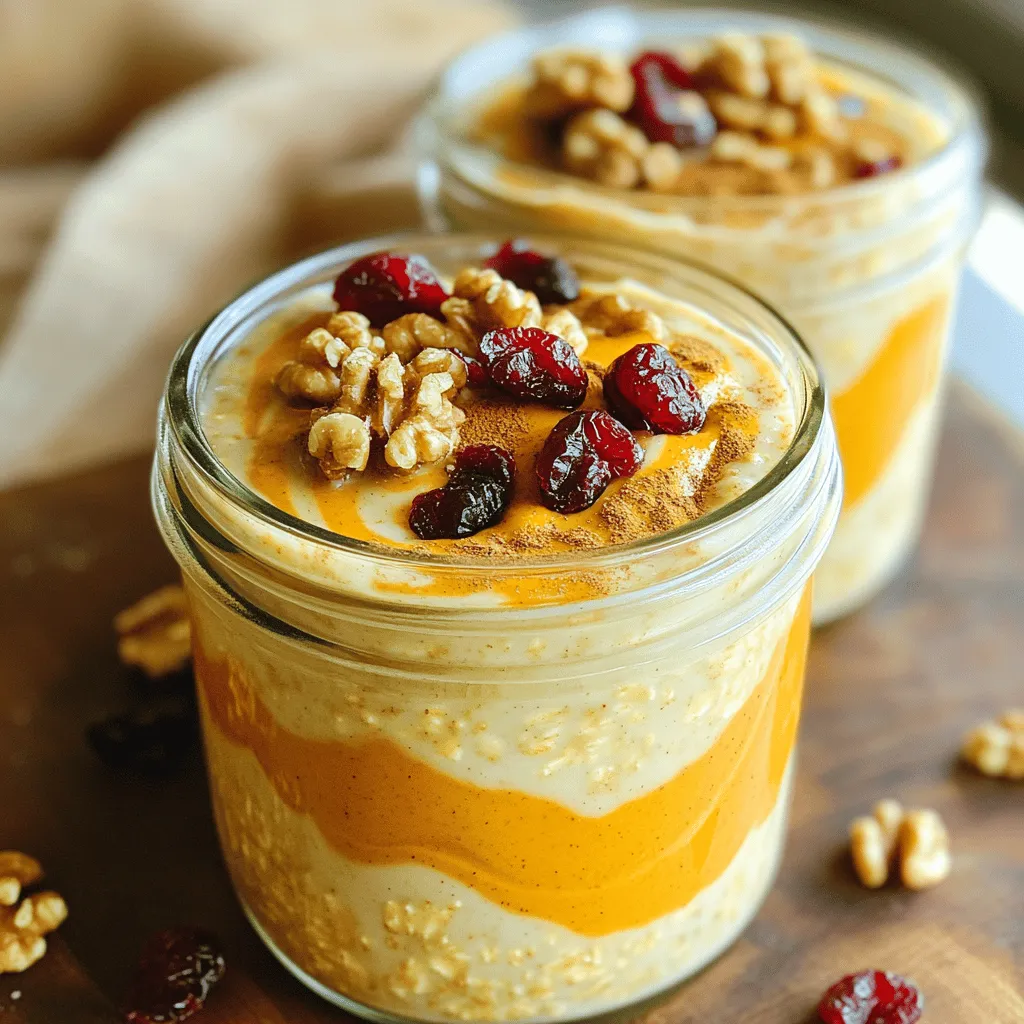
Pumpkin Spice Overnight Oats Tasty and Simple Recipe
Are you ready to enjoy the cozy flavors of fall? My Pumpkin Spice Overnight Oats are simple to make and
Read more…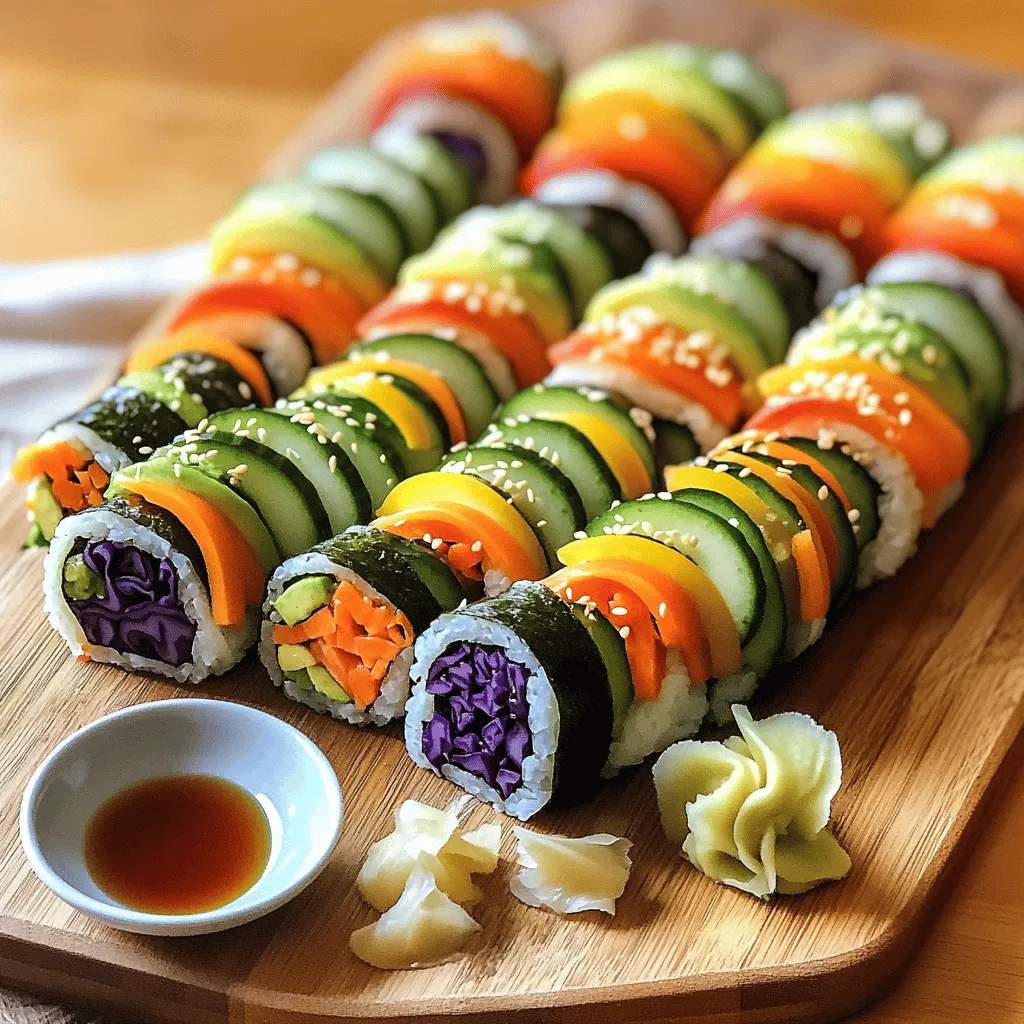
Rainbow Veggie Sushi Rolls Colorful and Tasty Treat
Are you ready to roll with something vibrant and tasty? Rainbow Veggie Sushi Rolls pack a colorful punch of flavors
Read more…
Coconut Lime Rice Delightfully Fluffy Side Dish
Coconut Lime Rice is a dish that brings sunshine to your table. With fluffy jasmine rice, creamy coconut milk, and
Read more…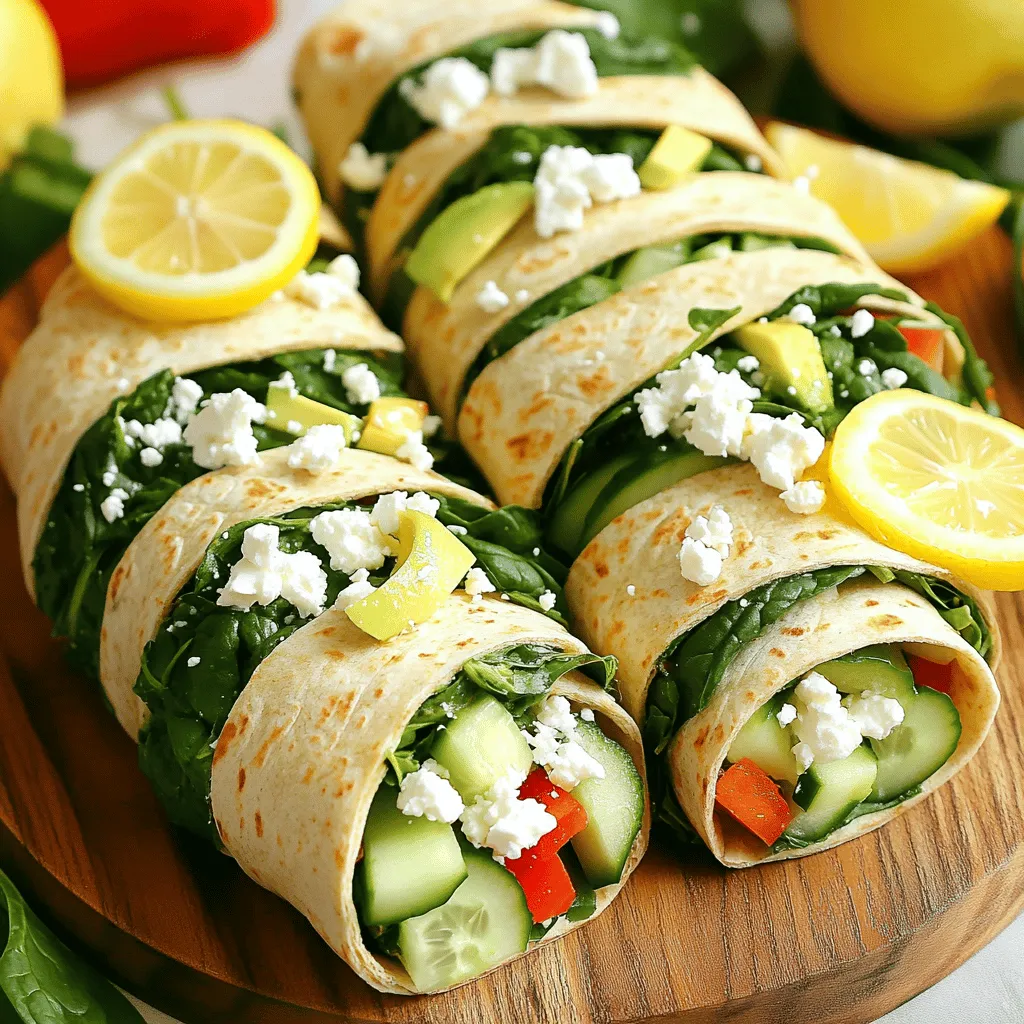
Healthy Spinach and Feta Wraps Tasty and Quick Meal
Are you looking for a quick meal that’s both tasty and healthy? You’re in the right place! My Healthy Spinach
Read more…
Creamy Avocado Pasta Delightfully Simple Meal
Looking for a quick and tasty meal? Creamy Avocado Pasta is your answer! This dish combines ripe avocados with fresh
Read more…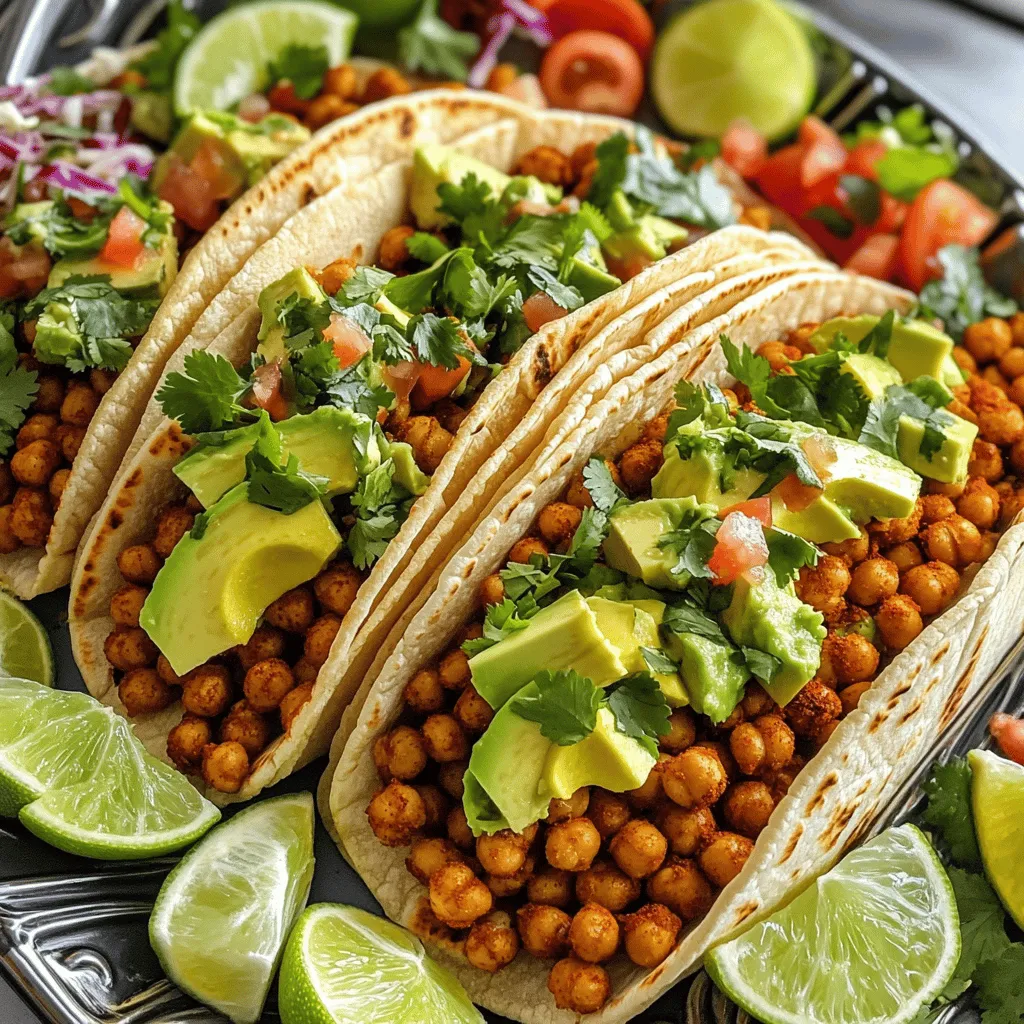
Spicy Chickpea Tacos Flavorful and Quick Meal Ideas
Looking for a quick and tasty meal? Try my Spicy Chickpea Tacos! Packed with flavor and ready in no time,
Read more…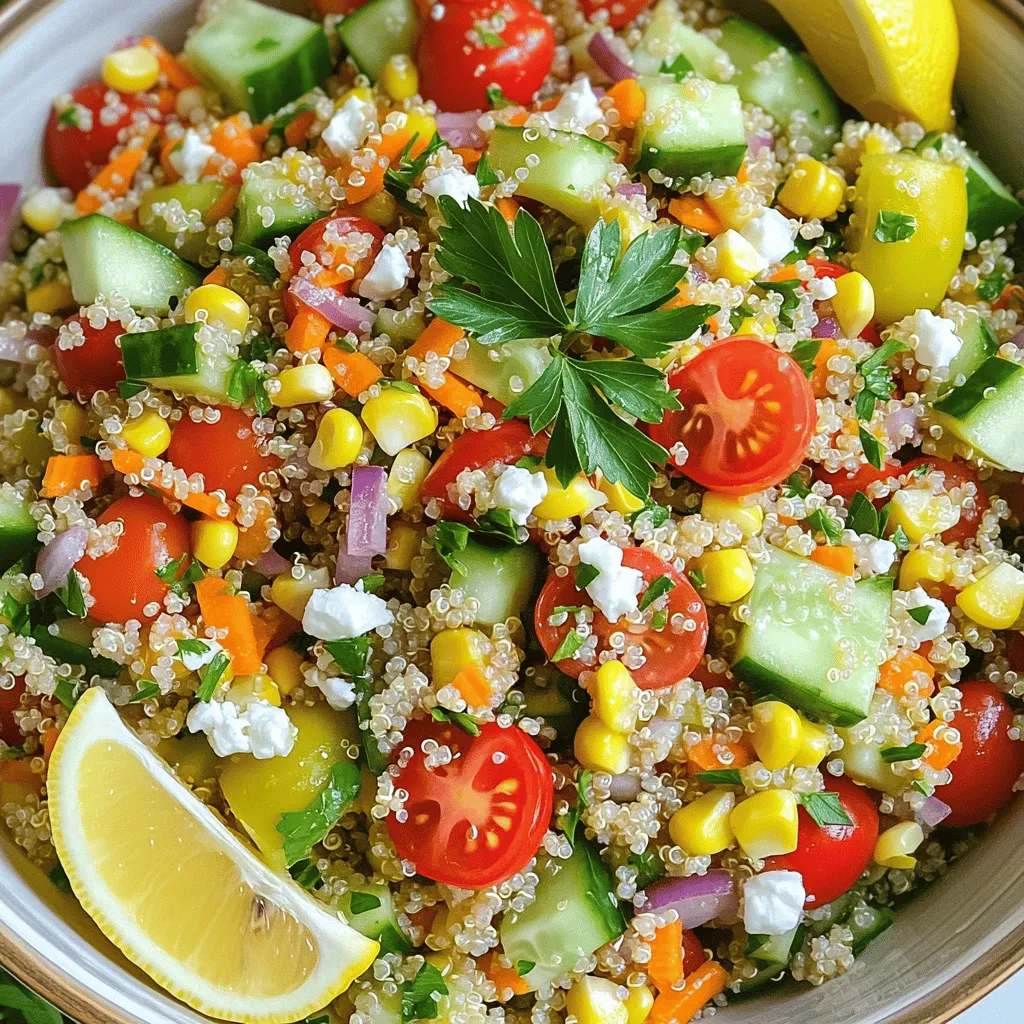
Vegetable Quinoa Salad Fresh and Flavorful Delight
Are you looking for a fresh and easy meal? This Vegetable Quinoa Salad is a perfect choice! Packed with flavor
Read more…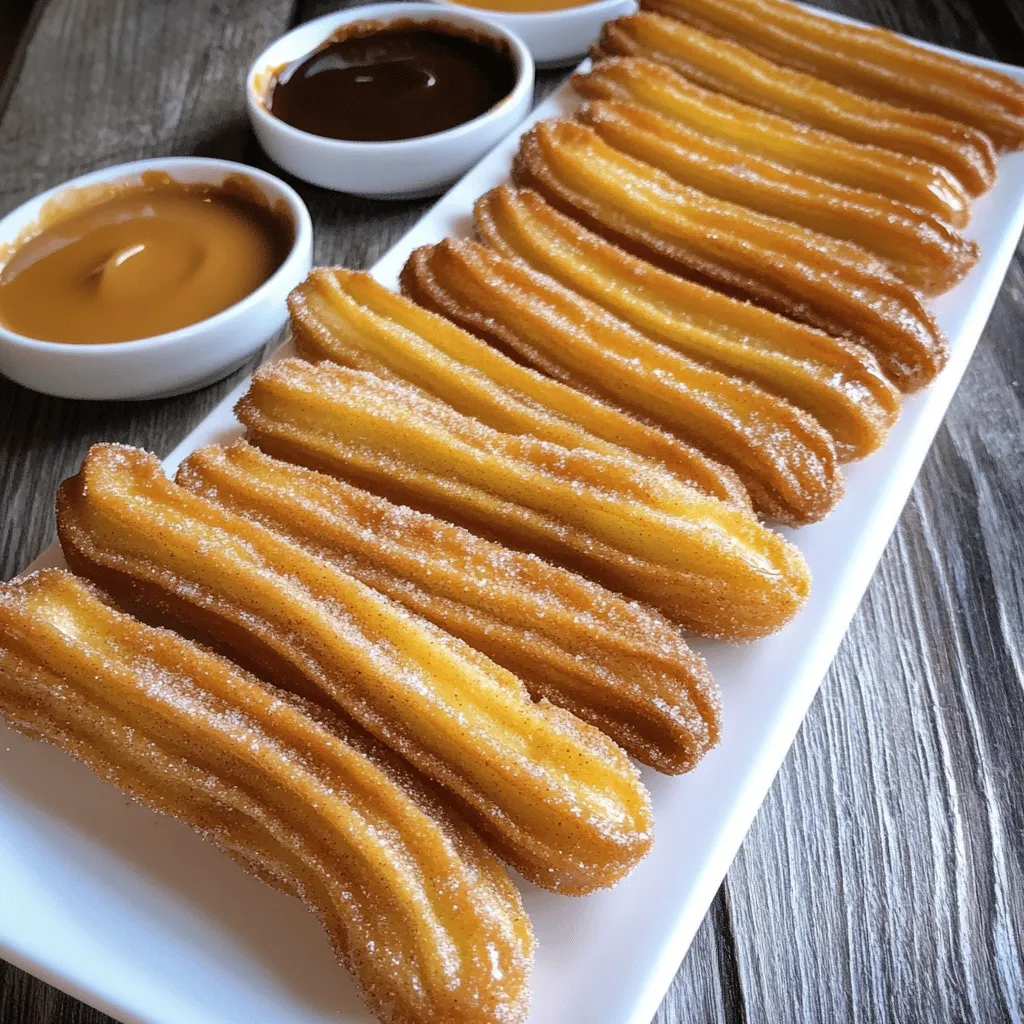
Cinnamon Sugar Churros Irresistible Sweet Treat Recipe
Are you ready to dive into a world of sweet, crispy goodness? In this post, I’ll show you how to
Read more…browse recipes
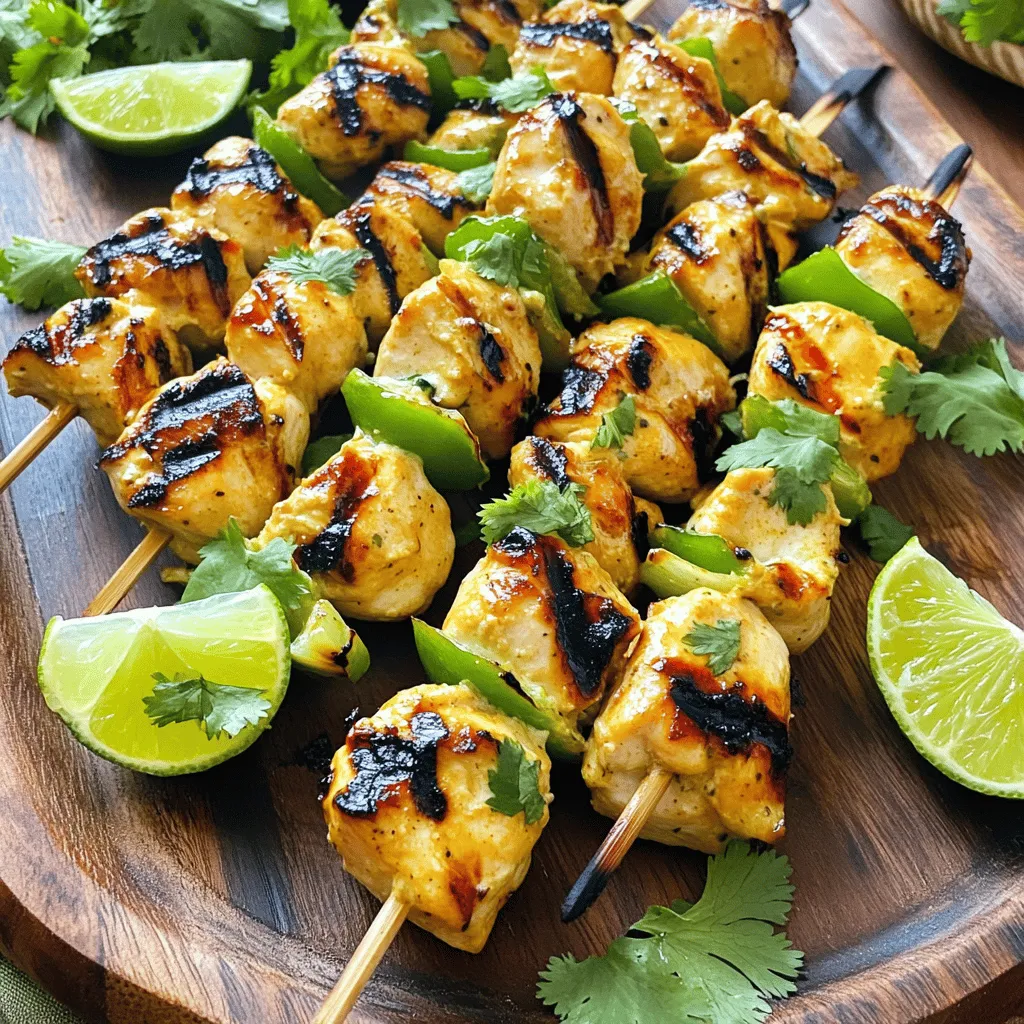
Coconut Lime Chicken Skewers Flavorful Grilling Delight
If you love grilling, you’ll adore these Coconut Lime Chicken Skewers! They burst with flavor and are super easy to make. Perfect for any…
My Latest Desserts
My Latest Recipes
hey,
i’m !
I’m so happy you’re here!
Cooking is my love language, and I’m excited to share my best dishes with you. Hope they become your favorites too! Let’s enjoy every bite of this journey together.
Vegan Buddha Bowl Flavorful and Healthy Meal Guide
Looking for a healthy and tasty meal? Look no further! A Vegan Buddha Bowl packs vibrant flavors and wholesome ingredients, making it an ideal…
. Vegan Buddha bowls are a perfect combo of taste and health. We explored great ingredients and their benefits. You learned how to cook quinoa, roast veggies, and layer your bowl. Tips like meal prep and flavor boosts help on busy nights. Experiment with protein options and seasonal tweaks for variety. These bowls can fit any diet and offer easy storage tips. Enjoy crafting your flavorful, nutrient-rich meals!](https://recipespursuit.com/wp-content/uploads/2025/05/0205934a-6a3d-4396-8b57-d553dc4e767e.webp)
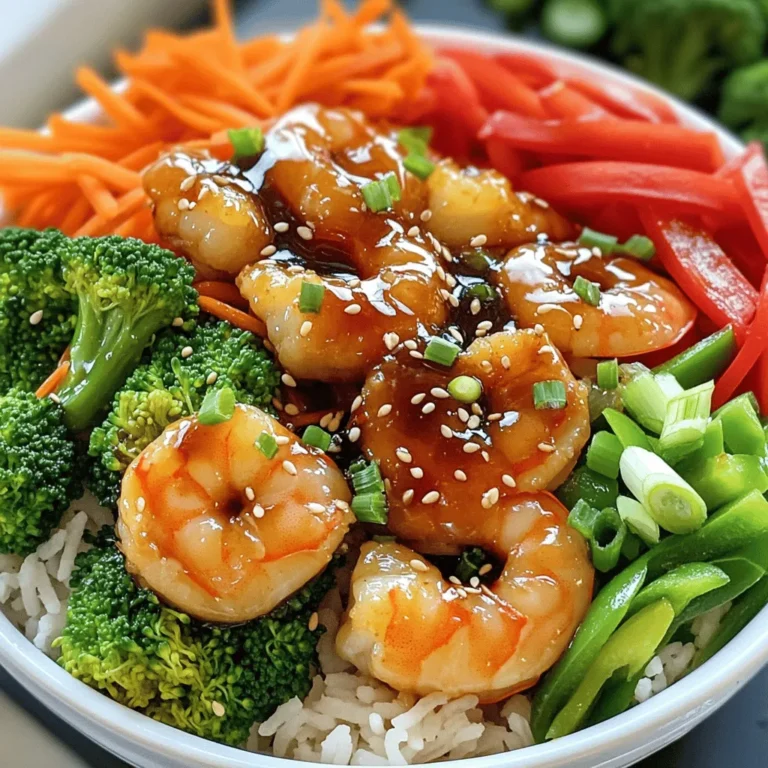

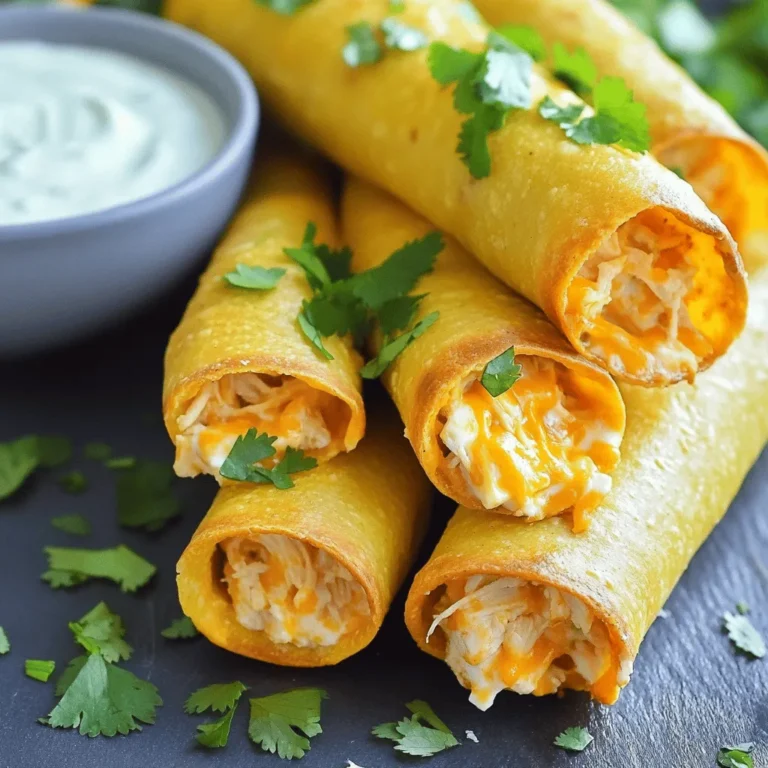
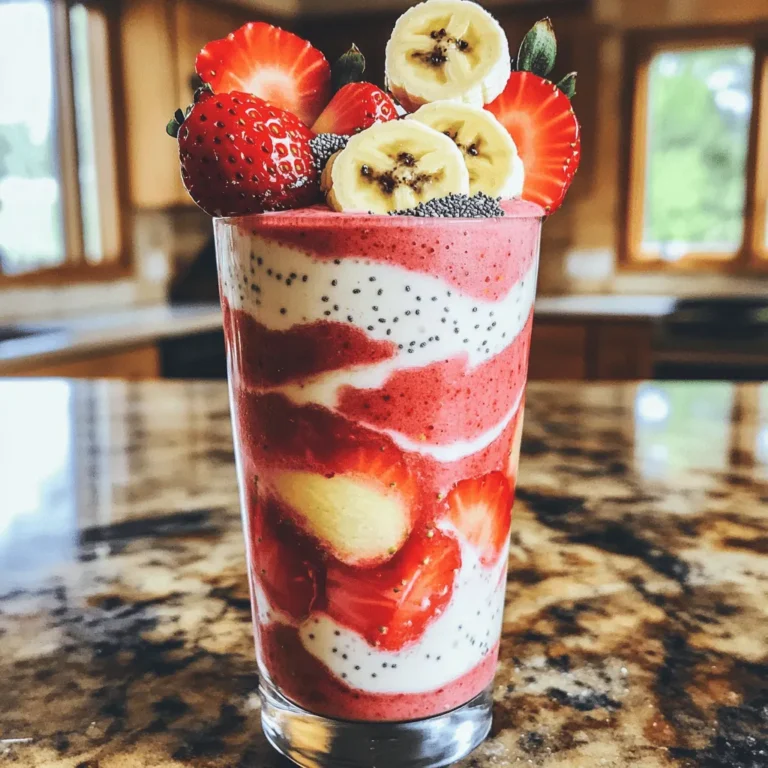






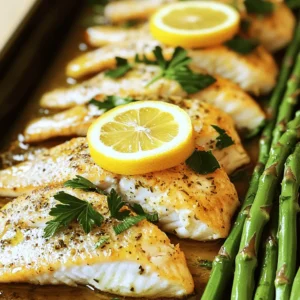
![- 1 cup grated carrots - 1 cup rolled oats - 1/2 cup almond flour - 1/4 cup maple syrup - 1/4 cup coconut oil, melted These ingredients form the base of your carrot cake breakfast cookies. The grated carrots add natural sweetness and moisture. Rolled oats provide fiber, while almond flour lends a nutty flavor. Maple syrup serves as a natural sweetener, and melted coconut oil keeps the cookies soft. - 1/4 cup shredded coconut - 1/4 cup raisins or dried cranberries Adding shredded coconut gives a tropical twist. Raisins or dried cranberries add bursts of sweetness. Feel free to mix and match to your taste. You can even try nuts or other dried fruits. - 1 teaspoon vanilla extract - 1 teaspoon baking powder - 1 teaspoon ground cinnamon - 1/4 teaspoon nutmeg - Pinch of salt Spices are where the magic happens. Vanilla extract enhances the flavor profile, making the cookies taste rich and inviting. Baking powder helps them rise, while cinnamon and nutmeg add warmth. A pinch of salt balances the sweetness, making each bite delightful. For the complete recipe, check out the [Full Recipe]. - Preheat your oven to 350°F (175°C). - Line a baking sheet with parchment paper. - In a large bowl, combine grated carrots, rolled oats, almond flour, and shredded coconut. Mix well until everything is blended. - In a different bowl, whisk together maple syrup, melted coconut oil, and vanilla extract. - Pour the wet mixture into the dry ingredients and mix thoroughly until combined. - Add baking powder, ground cinnamon, nutmeg, raisins (or cranberries), and a pinch of salt. - Gently fold the mixture until all ingredients are evenly distributed. - Scoop tablespoon-sized amounts of dough onto the prepared baking sheet, leaving space between each. - Flatten each scoop slightly with the back of a spoon to form cookie shapes. - Bake for 12-15 minutes until the cookies turn golden brown. - Cool for 5 minutes on the baking sheet, then transfer to a wire rack to cool completely. These simple steps will help you create delicious Carrot Cake Breakfast Cookies, a treat that's both tasty and easy to make. For the complete list of ingredients and instructions, check the Full Recipe. To make the best carrot cake breakfast cookies, use fresh, finely grated carrots. Fresh carrots keep the cookies moist and add great flavor. You can also try different add-ins like nuts or seeds. Pecans, walnuts, or sunflower seeds can add nice crunch and extra nutrients. These cookies pack a healthy punch. The carrots bring vitamins, and oats provide fiber. You can adjust the recipe to fit your diet. Want less sugar? Use less maple syrup. Need more protein? Add a scoop of protein powder or a bit of nut butter. For even baking, space your cookies well on the sheet. Leave about 2 inches between each cookie. This helps them bake evenly. Watch them closely near the end of baking. You want golden edges, not burnt cookies! Enjoy your tasty treats from the Full Recipe. {{image_2}} You can easily make these cookies gluten-free. To do this, simply swap the almond flour for a gluten-free flour blend. This change keeps the cookies soft and tasty. Also, choose certified gluten-free oats. This ensures there is no cross-contamination. Both swaps let everyone enjoy a delicious treat! Adding different flavors can make these cookies even better. Try mixing in grated zucchini for a veggie boost. It adds moisture and makes the cookies extra soft. You can also spice things up! Adding ginger or cloves gives each bite a warm kick. Experimenting with flavors can lead to your new favorite cookie! If you want a vegan option, I have a couple of easy swaps for you. Instead of eggs, use a flax egg or a chia seed egg. To make a flax egg, mix one tablespoon of ground flaxseed with three tablespoons of water. Let it sit for a few minutes until it thickens. This keeps the cookies binding well. For sweetness, replace maple syrup with agave syrup or another plant-based sweetener. These changes make the cookies suitable for everyone, without losing any flavor. Store cooled cookies in an airtight container at room temperature for up to 3 days. This keeps them fresh and tasty. If you want them to last longer, follow the long-term storage tips below. Freeze cookies in a single layer, then transfer to a freezer-safe bag for up to 2 months. When you’re ready to enjoy them, simply thaw them at room temperature. Freezing helps lock in the flavor and texture. Warm cookies in the microwave for a few seconds to enjoy that fresh-baked taste again. This quick step brings back the soft, chewy goodness. You could also pop them in the oven for a few minutes. Enjoy them warm for a delightful treat! These cookies pack a punch of nutrition. The grated carrots offer vitamins A and K. Rolled oats provide fiber, keeping you full longer. Almond flour adds healthy fats and protein. Together, they create a balanced start to your day. Plus, the natural sweetness from maple syrup gives you energy without a sugar crash. Yes, you can! Honey or agave syrup works well. If you use honey, the taste will change slightly. You may need to adjust the wet ingredients a bit. For a lower-calorie option, try using stevia or monk fruit sweetener. Just watch the amount, as they are much sweeter. Look for golden brown edges. The centers should feel set but not hard. You can also gently press down on them; they should not be soft. If they bounce back, they are ready. This takes about 12-15 minutes in the oven. Absolutely! Kids love the sweet flavor and chewy texture. You can make it even more fun by mixing in chocolate chips or colorful sprinkles. If your kids are picky, leave out the raisins or coconut. They can also help mix the dough, making it a fun activity! In this blog post, we explored a healthy cookie recipe packed with nutritious ingredients. We covered essential and optional add-ins, spices, and step-by-step baking instructions. You learned tips for perfect cookies, variations for dietary needs, and storage options to keep them fresh. These cookies are not only easy to make but also a great way to enjoy healthy snacks. With a few tweaks, you can create a delicious treat that fits your taste. Get baking and enjoy these wholesome cookies!](https://recipespursuit.com/wp-content/uploads/2025/06/cdce91b6-b5be-434d-80dd-06973abb1ac2-300x300.webp)

